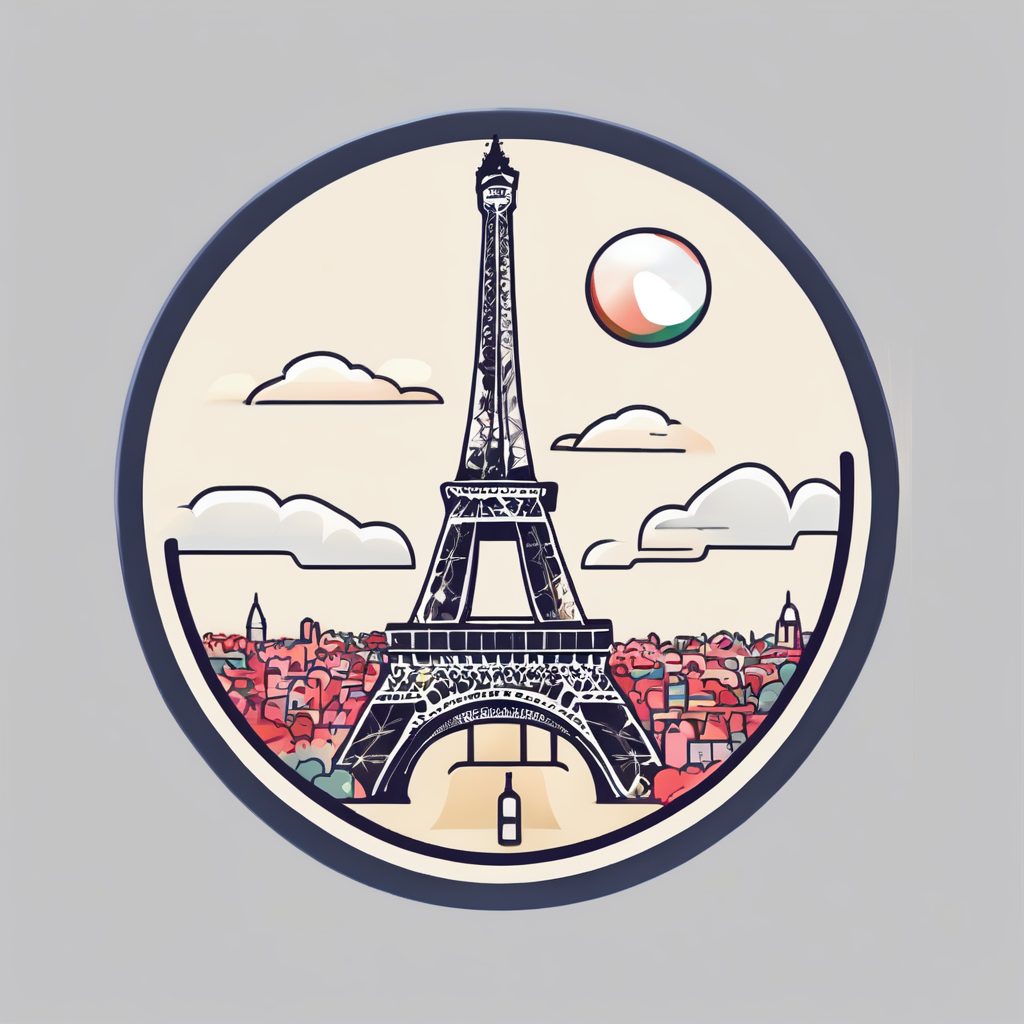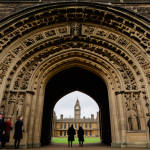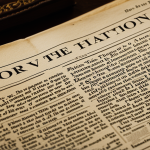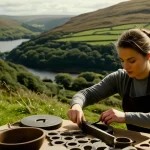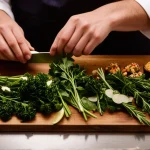Understanding Morris Dancing
Morris dancing is a traditional English folk dance with deep roots and cultural significance. It embodies a variety of regional styles and practices that reflect the rich tapestry of British folklore. Originally emerging in the late Middle Ages, Morris dancing is distinguished by energetic movements that often include the use of sticks, handkerchiefs, and bells.
Its cultural significance is highlighted by its continued presence in festivals and community events across the UK. Traditional practices within Morris dancing showcase a blend of history and local custom, making each performance a unique cultural artifact. The dance is more than just entertainment; it’s a celebration of heritage and an integral piece of community identity.
Also read : Explore the uk’s best coastal trails for unforgettable seal and seabird encounters!
Regional variations contribute to the charm of Morris dancing, with different areas adopting their unique spins on the dance. Some regions favor the Cotswold style, known for its lively leaps and coordinated steps, while others practice the robust and rhythmic North West style. These variations highlight the diversity within Morris dancing, making it an ever-evolving art form.
In summary, Morris dancing is not just about the steps and costumes; it is about the communities who sustain it, the histories it preserves, and the cultural stories it continues to tell.
History and Traditions of Morris Dancing
Morris dancing has an intriguing history that traces back to the late Middle Ages. As a form of folk dance, it is thought to have originated as a symbolic celebration marking key agricultural seasons. Over time, its purpose evolved from ritualistic beginnings to a vibrant part of festive gatherings and community celebrations.
Key traditions in Morris dancing include the use of props such as sticks, handkerchiefs, and bells. Each element holds symbolic meaning, with the rhythmic clashing of sticks and ringing of bells said to drive away evil spirits. The attire too, often elaborately adorned with ribbons and seasonal references, emphasizes the festive nature of the dance.
The folk dance has been significantly influenced by certain figures and organizations dedicated to preserving its rich heritage. Groups like the Morris Ring have played a crucial role in maintaining the historical integrity of the dance while adapting it for modern appreciation. The dedication of these communities ensures that Morris dancing remains a lively and accessible tradition that continues to thrive across generations.
What to Expect at Morris Dancing Workshops
Attending a Morris dancing workshop is an enriching experience that brings the traditional dance to life. Workshops are structured to accommodate dancers of all skill levels, providing a welcoming environment where beginners can learn basic steps and experienced dancers can refine their skills. The typical workshop begins with a warm-up session to ensure participants are ready for the lively and energetic movements associated with Morris dancing.
Atmosphere and Community Engagement
The atmosphere within these workshops is vibrant and supportive, emphasizing community engagement. Participants often find themselves quickly immersed in a culture of encouragement and camaraderie. Engaging in group activities and performances fosters a sense of belonging and helps build connections with fellow dancers. This supportive environment is essential, as it enhances the learning experience and ensures everyone, regardless of their skill level, feels included and motivated.
Importance of Camaraderie and Support
At the heart of Morris dancing workshops is the importance of camaraderie and support. The shared experience of learning and perfecting dance routines creates strong bonds among participants. In these workshops, it’s common for more experienced dancers to help beginners, guiding them through the nuances of the dance and ensuring everyone feels confident in their abilities. This not only aids in skill development but also encourages everyone to enjoy the cultural and social aspects of the dance.
Participating in a Morris dancing workshop offers an opportunity to dive into a vibrant cultural tradition, enriched by its history, lively movements, and the friendships forged through dance.
Essential Tips for Beginners
Embarking on a journey into Morris dancing can be both exciting and daunting for newcomers. To ease into this traditional folk dance, understanding some beginner tips is crucial. Firstly, familiarize yourself with the basic Morris dancing steps. These steps often involve lively movements such as hops, capers, and jumps. Practicing these fundamentals will create a strong foundation for more complex routines.
One of the most effective ways to start dancing is by investing time in consistent practice. Allocate short, regular sessions each week to rehearse your moves and build muscle memory. This approach ensures progress without overwhelming beginners. Additionally, pay close attention to the rhythm of the music. The tempo and beat guide the dance, so selecting songs that match your skill level and style preference will enhance your learning experience.
Equally important is choosing the right attire. While traditional costumes are iconic in Morris dancing, beginners should prioritize practical clothing. Opt for comfortable and flexible outfits that allow for free movement. This way, you can concentrate on mastering steps without the distraction of cumbersome attire. Embrace these tips, and you’ll find yourself dancing with confidence and joy in no time!
Resources for Finding Local Workshops
If you’re eager to experience the vibrant world of Morris dancing firsthand, discovering local workshops is an excellent first step. Numerous online platforms and communities cater to enthusiasts seeking these workshops. Websites dedicated to traditional folk dance often provide directories or event listings where upcoming Morris dancing workshops are advertised. Joining these platforms can connect you to a network of dancers and instructors eager to share their knowledge.
In addition to online resources, many local clubs and societies regularly organize workshops. These organizations are typically very invested in preserving cultural significance and often welcome newcomers warmly. By participating, you not only gain dance skills but also immerse yourself in the customs and traditional practices unique to each group. Attending these local clubs can reveal distinct regional styles, further enriching your Morris dancing experience.
Engagement with the community goes beyond the dance floor; it often includes local performances and events that deepen your appreciation of the dance’s history. These gatherings provide a platform for Morris dancing enthusiasts to connect, learn, and celebrate their shared passion. Embracing these opportunities enables you to form meaningful connections and become a part of a supportive network dedicated to this enduring British folklore tradition.
Dress Code and Attire for Morris Dancing
When stepping into the world of Morris dancing, understanding the importance of appropriate attire is crucial. Traditional Morris dancing attire plays a significant role in the dance, highlighting its rich cultural background and traditional practices. While traditional costumes are often elaborately adorned with ribbons and bells, essential for creating the rhythmic jingling characteristic of the dance, they also reflect the historical roots of the art form.
Traditional Dress
Traditional Morris dancing attire typically includes a decorated jacket or waistcoat, trousers or skirt, and a hat. Bright colors and seasonal decorations such as ribbons and floral elements are common. The attire isn’t merely aesthetic; it serves a symbolic function, drawing on centuries-old traditions to convey messages and stories from the past.
Practical Clothing Choices for Beginners
For beginners, choosing practical clothing that ensures comfort and ease of movement is key. Opt for lightweight, breathable fabrics that allow for flexibility, enabling dancers to perform jumps and kicks without restriction. Comfortable footwear, such as well-fitted dance shoes or supportive trainers, is essential to prevent injury and enhance performance on the dance floor.
Importance of Comfort and Flexibility
The focus on comfort cannot be overstated. Since Morris dancing involves dynamic movements, having comfortable and flexible attire helps prevent discomfort and allows dancers to concentrate on their performance. As dancers become more experienced, they might consider integrating more traditional elements into their outfits. However, the priority should always be on enabling a full range of movement, ensuring that attire does not hinder the dance itself.
By blending traditional elements with modern practicality, dancers can fully embrace the cultural significance of Morris dancing while enjoying the dance to its fullest.
Engaging with the Morris Dancing Community
Morris dancing offers more than just the enjoyment of performing; it opens doors to a vibrant community ripe for social involvement. This sense of community is one of the dance’s most appealing features. Engaging with the Morris dancing community provides numerous opportunities for networking and forming friendships that are both rewarding and lifelong.
Opportunities for Socializing and Networking
Participating in Morris dancing enables dancers to connect with others who share the same passion. Networking opportunities abound, with dancers often meeting during workshops, festivals, and local performances. These interactions allow individuals not only to learn from each other but also to share experiences and tip each other in mastering different styles of Morris dance. Social involvement is fostered through organized events, where dancers and enthusiasts of varying skill levels can mingle and exchange ideas.
Ways to Get Involved in Local Performances and Events
Getting involved in local Morris dancing performances and events is a fulfilling way to delve deeper into the tradition. These events frequently seek new participants and welcome all skill levels, offering a chance to perform in both informal and formal settings. Engaging in these performances allows dancers to contribute to the rich tapestry of British folklore, thereby enhancing their connection to the cultural roots of Morris dancing. Local groups often host meetings, practices, and sessions aimed at preserving the cultural significance inherent in the dance, inviting newcomers to embrace its traditions.
The Appeal of Forming Lasting Friendships Through Dance
The Morris dancing community is known for its strong sense of camaraderie, where forming lasting friendships is a delightful inevitability. The shared experience of learning, rehearsing, and performing together cultivates deep bonds among dancers. Stories and memories forged on the dance floor translate into enduring friendships off it. This inclusive environment ensures that anyone joining the community can feel a sense of belonging, making the Morris dancing culture not just a hobby but a meaningful part of life. By becoming actively involved, participants continue to nurture the tradition while experiencing the profound personal benefits that come with being part of a welcoming and passionate community.
